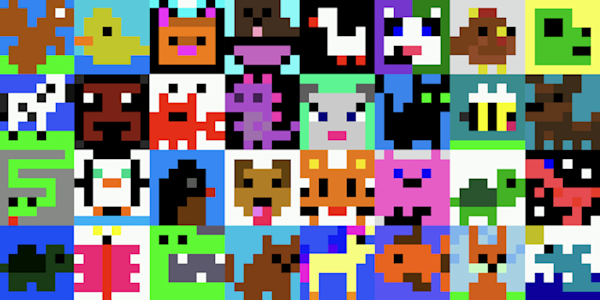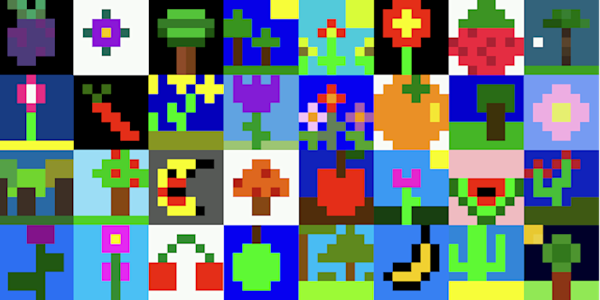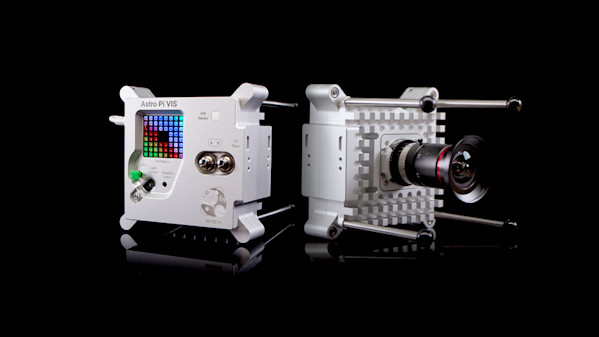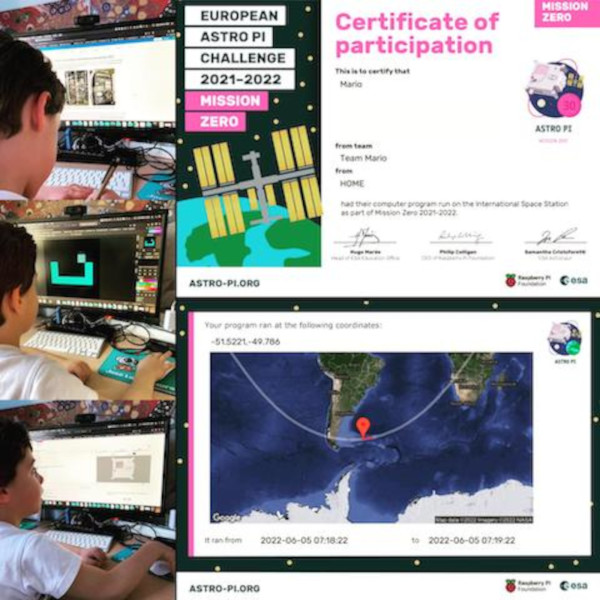Mission Zero
Mission Zero offers young people the chance to have their code run in space! Write a simple program to take a reading from the colour and luminosity sensor on an Astro Pi computer on board the International Space Station, and use it to set the background colour in a personalised image.
Entries for Mission Zero 2024/25 closed on 24 March 2025. After testing the programs, the Astro Pi Mission Control team will send them up to run on the International Space Station in May 2025.
- 1 hour
- Age 19 and under
- Up to 4 young people
- Suitable for beginners

How to take part
-
Check the eligibility criteria and read the official guidelines
-
Mentors register for Mission Zero and receive a classroom code.
-
Young people write their programs and submit them using the classroom code.
-
The programs are deployed and run on the International Space Station!
In Mission Zero, you write a program to display a personalised image (or series of images) on an Astro Pi computer on board the ISS for the astronauts to see as they go about their daily tasks, using a reading from the Astro Pi’s colour and luminosity sensor to set the colour of the background.
The images you create should be inspired by nature, on Earth or beyond. Images could represent any aspect of nature found on Earth and other planets, for example, trees, flowers, animals, insects, rainbows, or alien life forms. All entries must follow the official guidelines.
Submissions have closed for Mission Zero 2024/25, but you can still access the step-by-step project guide and have a go at creating some amazing pixel art while submissions are closed.
Here are some examples of images created by Mission Zero 2023/24 participants.

Follow our handy step-by-step guide to write your program.
* Suitable for beginners to programming and/or primary school–aged children
* Can be completed in a single 60-minute session
* No special hardware or prior coding skills needed
* Everything can be done in a web browser, on any computer with internet access

Participants must be supervised by a mentor, and can enter individually or as part of a team of up to 4 young people. Check the eligibility criteria for more information. All eligible entries that follow the official guidelines will have their program run in space for up to 30 seconds, and participants will receive a certificate they can download recording the exact start and end time, and the position of the ISS when their program ran — a piece of space science history to keep!

Mission Zero timeline 2024/2025
-
Challenge launch
16 September 2024
Mentors register their teams and young people work on their Mission Zero programs.
-
Challenge end
24 March 2025
Programs must be submitted by this date to run on the ISS.
-
Submissions are uploaded and run on the ISS
May 2025
If the submission follows the official guidelines and is made by an eligible team, the program will be run in space.
-
Certificates are sent to participants
June 2025
Teams will receive a certificate that shows the location of the ISS when their program was run!
Why participate in Mission Zero?
Some mentors and participants told us about their experience of taking part in Mission Zero.
“The students had a great time taking part in Mission Zero, it was easy to follow for those who had no experience of coding and it allowed those who had experience to challenge themselves.” Noha Loutfi, Mentor
“My Year 6 Code Club wrote code that ran on board the ISS. Such an amazing opportunity!” Stu Watts, Mentor
“Wow! Just received these certificates this morning. Our Year 6 @CodeClub wrote code that ran on board the ISS. What a great way to introduce Python to students. A terrific experience!” Rhodri T Smith, Mentor
“I had so much fun joining in with ESA Astro Pi Mission Zero this year! It was my second time successfully sending a program I coded to the astronauts onboard the International Space Station!” Team Astro Liz’s Lab, age 9
“Mission Zero has been a great experience for my 5-year-old son. Now he’s bragging at school that a computer program he made was run on the ISS.” Jose Luis, Mentor, Team Mario
"We want students to use their digital skills as superpowers to make the world a better place and this [challenge] really aligns with that because regardless of your race, your ethnicity, your gender, you can write some code that actually runs in space. And if you can do that, […] you can solve the big problem[s] that the adults of the world are still grappling with, so it's the opening up of opportunities."
Mentor, Mission Zero 2023/24
